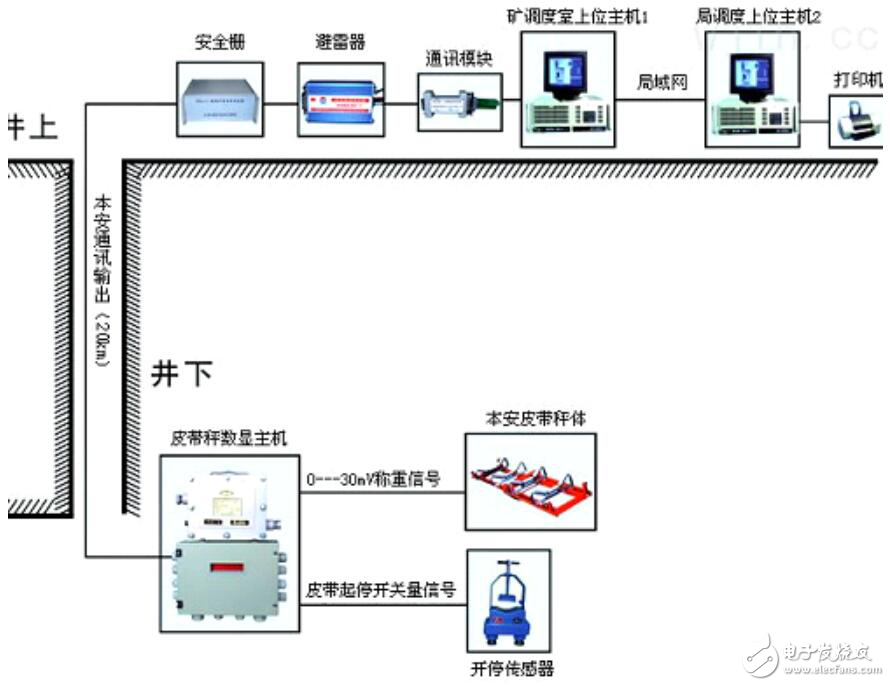Working principle of speed sensor
The light-transmitting speed sensor is composed of a back plate with a hole or notch, a light source and a photoelectric tube. When the disc rotates with the measured axis, the light can only shine on the photocell through the hole or notch. When the phototube is irradiated, its reverse resistance is very low, so it outputs an electrical pulse signal. When the light source is covered by the disc, the reverse resistance of the photoelectric tube is very large, and there is no signal output at the output end. In this way, according to the number of holes or notches on the disc, the speed of the measured shaft can be measured. The number of disc holes or notches is usually taken as still, so the photoelectric transducer can output 60 pulse signals every time the measured shaft rotates one round. If the time base signal of the electronic counter is 1s, the speed of the measured shaft can be read directly. The principle of the reflective speed sensor is the same as that of the transmissive type. It converts the changes of the light sensed into electrical signal changes through the photoelectric tube, but it obtains the pulse signal through the reflection of light, usually by pasting the reflective material on the measured axis The reflecting surface is formed on the measuring part. The commonly used reflective material is a special speed-measuring reflective tape (tape), which can also be replaced by reflective materials such as aluminum foil, and sometimes white paint can be painted on the tested part as a reflective surface. The projector and the reflecting surface need to be properly configured, usually the distance between the two is 5-15M. When the measured shaft rotates, the photoelectric element receives the pulsating light, and outputs the corresponding electric signal to the electronic counter to measure the speed of the measured shaft. The waveform of the output signal of the photoelectric speed sensor is relatively regular, close to the standard square wave, and almost no interference signal is generated. However, the light-transmitting type will reduce the life of the light source due to vibration, so it is not suitable to be used under strong vibration conditions. The reflective type has no mechanical connection with the measured axis, and is easy to use. 90% of the belt scale speed sensors on the general belt scales on the market are installed on the tail drum of the belt conveyor, the large diameter drum or the speed measuring roller, and the speed measuring drum/roller is installed on the upper surface of the return belt, eliminating the belt slip Impact. The speed sensor is a digital carbon-brushless pulse generator. When the belt is running, the speed sensor sends out a series of speed pulses, each pulse represents a unit length of the belt stroke, and the pulse frequency is proportional to the belt speed. At present, most railway locomotives use photoelectric speed sensors. Because the infrared ray emitted by the photoelectric infrared sensor has the characteristics of strong directivity and is not susceptible to space electromagnetic interference, the infrared sensor composed of simple production, easy installation, small size, and the output signal can be directly digitally processed to achieve non-contact measurement of speed, etc. advantage. However, there are also weaknesses that infrared sensors are often susceptible to interference from sunlight, lights and other non-signal light when in use, which reduces the accuracy of rotational speed measurement. The photoelectric speed sensor is generally composed of a supporting mechanism, a rotating shaft and a universal coupling transmission mechanism, and a photoelectric conversion circuit system. When the wheel set of the locomotive rotates, the coupling drives the main shaft to rotate, and at the same time drives the grating sheet (signal disc) mounted on the main shaft to rotate, so the light emitted by the transmitter is reflected or blocked by the target signal disc, and the receiver senses The corresponding electrical signal. The sensor converts the locomotive wheel shaft speed into a square wave pulse signal with frequency f = n × p/60 (p is the number of pulses per revolution, n is the locomotive shaft speed) through infrared emission, photoelectric receiving and amplification and shaping. The square wave pulse signal is sent to the micro cabinet, and the microcomputer obtains the real-time speed of the locomotive according to the locomotive speed V = n × L (L is the circumference of the locomotive wheel pair), which can control the speed characteristics of the locomotive, anti-idling, and anti-skid behavior. ; The speed value is input into the locomotive LKJ (train operation monitoring device), which can provide a basis for LKJ to monitor the train operation and provide safety protection.
With more than 15+ yrs rich MFG experience, you can definitely trust in and cooperate with.
protective equipment, ppe personal protective equipment, definition of personal protective equipment TOPNOTCH INTERNATIONAL GROUP LIMITED , https://www.itopnoobluetoothes.com
Provide you with the supply of personal protective equipment. to help you safely get back to your daily routine.
Our products include pulse Oximeter Finger, Forehead Thermometer, Automatic foam soap dispenser, etc.
Our strict quality control protocol thoroughly vets every aspect of production, storage, and shipments all the way way to our end customers.